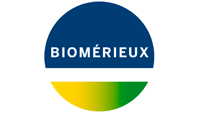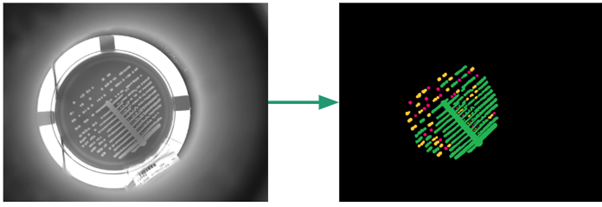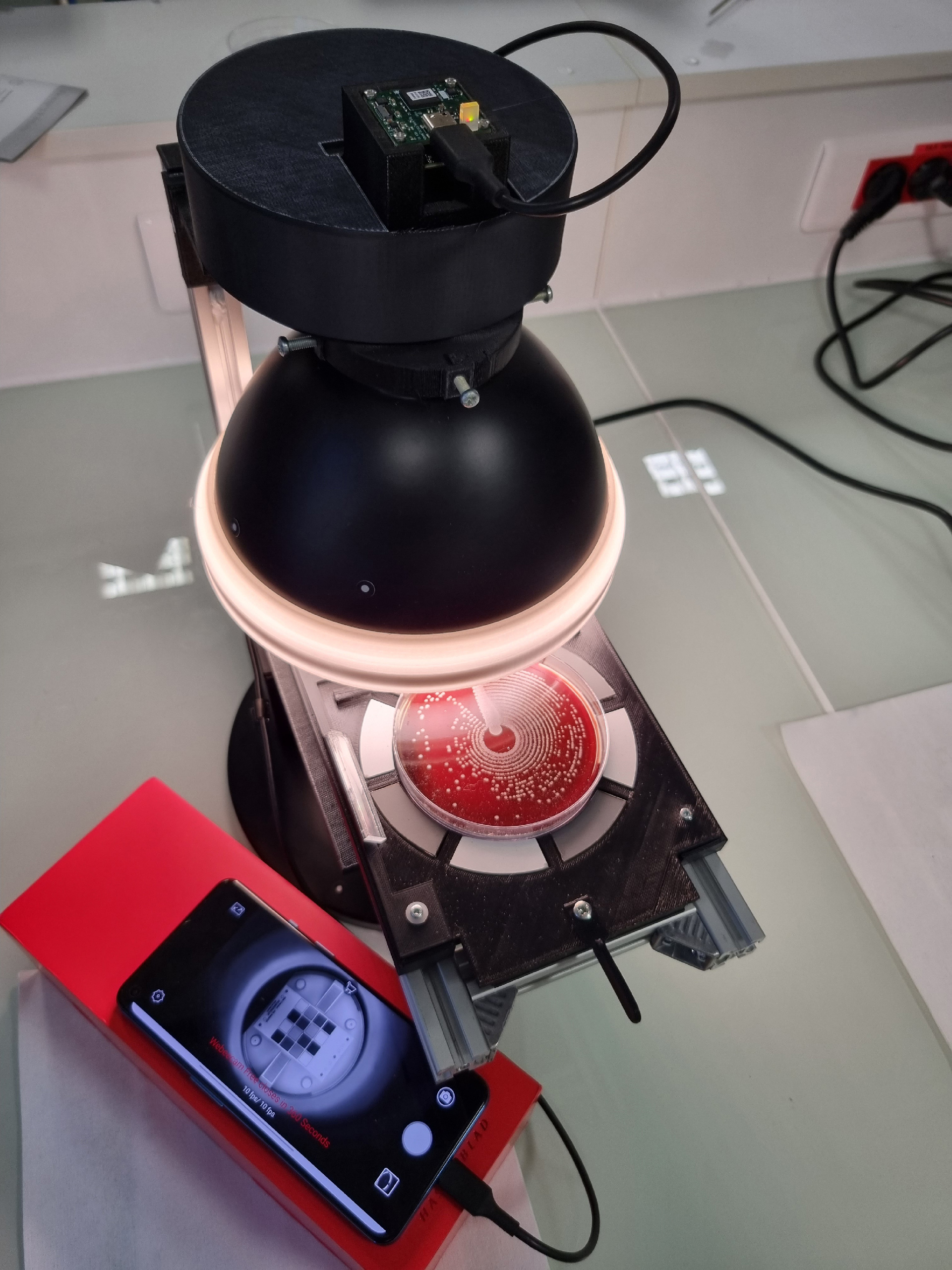bioMérieux
bioMérieux
The detection of uropathogenic agents is a crucial societal challenge in the fight against antibiotic resistance, a global issue exacerbated by the overuse and inappropriate use of these medications. Today, conventional antibiotics are losing effectiveness due to the mutations of pathogens that have been exposed to these treatments excessively or unnecessarily.
The detection and identification of uropathogenic bacteria in emerging countries present serious challenges due to economic constraints.
Conventional methods, often expensive and requiring sophisticated equipment, are inaccessible in many resource-limited regions. To overcome these barriers, bioMérieux, a global leader in in vitro diagnostics, is exploring innovative solutions in the R&D phase, aiming to bring the diagnosis closer to the patient and make it more economically accessible.

This approach paves the way for a precise, fast, and accessible diagnosis, even in resource-limited settings, as it allows bypassing the use of costly equipment that is expensive to purchase and operate.
Moreover, the technician responsible for data acquisition in the laboratory does not need advanced expertise to carry out the process.
Systematizing diagnosis is made possible by the many advantages offered by a simple and proximity-based AI solution.
Neovision has developed an Artificial Intelligence (AI) solution, more specifically computer vision, capable of precisely identifying uropathogenic agents on Petri dishes. Petri dishes are the culture media used by laboratories to ensure the growth of bacterial colonies.

When a bacterium develops on a Petri dish, it becomes a visible bacterial colony, identifiable as a growing spot. As it grows, they can merge with other colonies planted in the same dish to form dimers (grouping of 2 colonies) or trimers (grouping of 3 colonies). Beyond 3 colonies, the merged colonies become what we call a ‘mass’.
The first step of the project aimed to detect and differentiate objects, namely isolated colonies and dimers or trimers on the Petri dish, which are used in AI for pathogen strain identification. To achieve this, Neovision deployed segmentation algorithms capable of extracting analyzable data from the images.
Once the analyzable data is extracted, a classification algorithm is responsible for categorizing the isolated colonies (or dimers/trimers) in order to identify the associated bacterial species. This method targets the five predominant bacterial species responsible for 90% of urinary tract infections, and the AI provides excellent results due to its ability to detect subtle and invisible features to the human eye.
Laboratory technicians only need a smartphone and a simple filter wheel with lighting to photograph the bacteria cultured on a non-chromogenic medium[1].
The doctor or microbiologist expert can then immediately use the AI inference and decide whether or not to prescribe the antibiotic to the patient.
[1] Leroux, D., Alonso, F., Coent, T., Garros, M., Montvernay, R., Le Bihan, Y., Fulchiron, C., 2023. Multispectral imaging for pathogen identification using a filter wheel and smartphone: A frugal innovation approach. EPJ Web Conf. 287, 03017. https://doi.org/10.1051/epjconf/202328703017

©bioMérieux / Denis LEROUX
800 000
people / year are infected by antibiotic-resistant bacteria in Europe (inserm)
10 M
Deaths per year related to antibiotic resistance by 2050 (Institut Pasteur)
90%
Accuracy on 5 species with prototype algorithms

I contacted Neovision as part of an ongoing image analysis on an image database. The goal was to compare the performance of classification using neural network-based algorithms (which I had very little knowledge of) with that of support vector machine-based approaches, on which I was working in parallel.
Neovision demonstrated great flexibility by quickly adapting to the multiple unexpected changes that occurred during the project. A big thank you to the Neovision team for their expertise, patience, and ability to convey complex messages in a very didactic manner. I also greatly appreciate their feedback as machine learning experts on the cutting-edge publications I unexpectedly submitted to them.
Denis LEROUX
Ph.D, Technology Research on Infectious Diseases, bioMérieux
2 July 2025
Computer Vision, Pharma, Santé